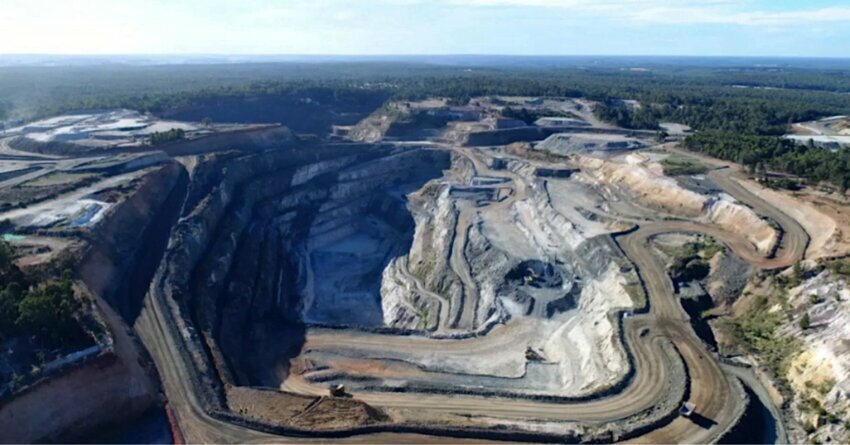 (Credit: Talison Lithium)
(Credit: Talison Lithium)As the world shifts from fossil fuels to clean energy, Australia's lithium sector is poised to match thermal coal's importance within the next five years. According to government projections released on Monday, exports of the battery metal are expected to reach $13 billion by June 2028, matching the current financial year's record. Meanwhile, the value of power station coal shipments is projected to decrease by 71% during the same period.
Australia has benefited from the global shock to commodities markets following post-Covid supply bottlenecks and Russia's invasion of Ukraine in February last year. Despite a recent cooling of prices, mineral exports are expected to reach a record $309 billion through June 2023 before plunging to $193 billion by 2028.
Making up nearly 14% of its total economic output, the Australian economy heavily relies on mining and energy. Currently, Australia is the largest exporter of lithium and the second-largest provider of thermal coal globally.
Although lithium prices are unlikely to reach last year's record levels, the higher production is anticipated to enable the battery metal to become the fifth-largest export, matching thermal coal. As per the report, lithium, along with copper, are the only two of the top 12 energy and metal exports that will maintain or increase their value.
According to S&P Global, the demand for copper, which is crucial in electrical wiring and most clean energy technologies, is expected to double over the next decade. As a result, earnings from copper shipments are projected to increase from $8 billion in 2023 to $10 billion in the next five years.
Greenbushes, a mine located in Western Australia, is approximately 155 miles south of Perth. It is the largest and most productive source of lithium, with estimated reserves of over 100 million tons of spodumene ore, a mineral that contains lithium.
Operations began in 1983. The mine is currently operated by Talison Lithium, a subsidiary of the Chinese company Tianqi Lithium. The Greenbushes mine produces a significant proportion of the world's lithium, with a production capacity of over 80,000 tons of lithium concentrate per year.
Talison Lithium opened its Chemical Grade 2 (CGP 2) facility in 2019, doubling its production capacity of lithium concentrates to 1.34mtpa. The company is now advancing plans to construct a third facility, along with a Tailings Retreatment Facility, which will enable Talison Lithium to supply lithium concentrates for two new downstream processing operations in Western Australia. These developments will underpin the growth of a large downstream lithium processing industry in the region.
The decline in fossil fuel exports and stagnation of iron ore demand present significant challenges for Australia. Conversely, as the demand for electric vehicles and renewable energy storage systems grows, the demand for lithium is expected to increase further. Additionally, the country is rich in renewable energy resources such as wind and solar power, which can be used to produce green hydrogen through electrolysis.
The government's report, released in December, suggests that the only industry with the potential to match the export earnings of fossil fuels is green hydrogen.
Green hydrogen is expected to play a critical role in decarbonizing industries such as transportation, heavy industry, and power generation. While the industry is still in its infancy, Australia has the potential to become a major player in the global hydrogen market due to its abundant renewable energy resources and proximity to key markets in Asia.